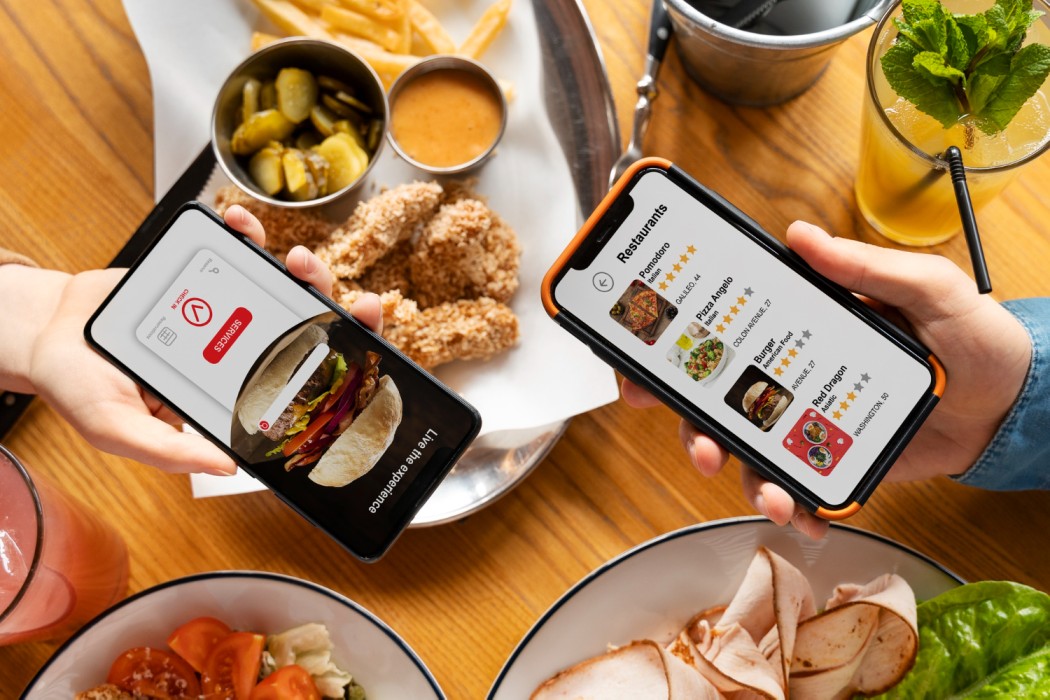Foodborne sicknesses have been a problem for all societies since the beginning of humanity. Illness and demise from diseases resulting from contaminated meals are a regular threat to public health and a considerable obstacle to socioeconomic development internationally. The World Health Organization (W.H.O.) determined that the worldwide burden of such diseases corresponds to those of the most important infectious diseases: HIV/AIDS, malaria, and tuberculosis.
Every 12 months, as many as six hundred million humans globally — almost 1 in 10 — fall sick after eating food contaminated by microorganisms, viruses, parasites, pollution, and chemical compounds, in line with W.H.O. Likewise, the Centers for Disease Control and Prevention (C.D.C.) of the U.S. Department of Health and Human Services stated that foodborne illnesses are an essential public health burden within the United States with an estimated 1 in 6 Americans (or forty-eight million humans) getting unwell every 12 months. Of those, 128,000 are hospitalized, and three 000 die. According to the Center for Science in the Public Interest (C.S.P.I.), a customer advocacy organization based in Washington, bakery products have been associated with 142 outbreaks and a couple of 822 illnesses from 2004 to 2013.
Foodborne ailments are due to 31 recognized pathogens and unspecified agents. Many of these pathogens are tracked by public health systems that monitor illnesses and outbreaks. Unspecified marketers are people with insufficient facts to estimate agent-precise burden; recognized retailers now not yet identified as inflicting foodborne contamination; microbes, chemical substances, or other substances known to be in meals whose potential to cause the disease is unproven; and sellers are not yet diagnosed. Because you may “track” what isn’t but recognized, estimates for this organization of marketers started with the health effects or signs that they may be most in all likelihood to purpose, which includes acute gastroenteritis.
Pathogens cause the most foodborne illnesses, hospitalizations, and deaths every 12 months. A pathogen is a microorganism (bacteria, parasites, viruses, or fungi) that reasons sickness in human beings, and a foodborne pathogen is an organism that causes disease through food. Molds commonplace in bakery processing are typically not sources of pathogens. However, some that develop in cereal grains do produce mycotoxins of an issue frequently to feed processors. Such materials are denatured through the processing ranges, mainly heat remedies, that grains undergo before they end up in bakery substances.
According to the C.D.C., the top five pathogens contributing to domestically received foodborne illnesses are norovirus, nontyphoidal Salmonella, Clostridium perfringens, Campylobacter, and Staphylococcus aureus. Among those, the presence of salmonella in bakery merchandise has been a concern for many years. For example, low levels of salmonella contamination of flour and flour-based mixes were the cause of numerous foodborne salmonella outbreaks. In addition, ingredients and raw flour, sugar, dairy merchandise, chocolate, cocoa powder, spices, nuts, peanut butter, dried coconut, dried yeast, and egg and egg merchandise used to manufacture bakery products can convey pathogens resulting in pre-baking microbial contamination.
“Bakery products, like many processed ingredients, are subject to bodily, chemical, and microbiological spoilage,” stated James Smith, Ph.D., Department of Food Science and Agricultural Chemistry, Macdonald Campus of McGill University, inside the research file “Shelf Life and Safety Concerns of Bakery Products.” Avoiding that infection may be hard.
“While natural and chemical spoilage limits the shelf life of low and intermediate moisture bakery products, microbiological spoilage via bacteria, yeast, and molds is the concern in excessive-moisture merchandise, i.e., merchandise with a water activity (aw) >zero.85,” Dr. Smith stated. “Furthermore, numerous bakery merchandise additionally have been implicated in foodborne illnesses involving salmonella species, Listeria monocytogenes, and Bacillus cereus, at the same time as Clostridium botulinum is a situation in high-moisture bakery products packaged under modified atmospheres.”
Protective measures
Phil Voysey, Ph.D., Campden and Chorleywood Food Research Association, U.K., usually said the extent of meal poisoning related to baked foods is low compared with many different sorts of food. A wide variety of micro-organisms — bacteria, yeasts, and molds — can reason spoilage and food safety issues with baked products.
“However, those may be minimized via adopting techniques to save you from post-baking infection, break down post-baking contaminants, and manipulate the growth of post-baking contaminants.” Dr. Voysey said.
As E.J. Plyler and Laurie Gorton mentioned in the fourth edition of “Baking Science & Technology,” some bakery products that depend on egg and milk products have been implicated in salmonella outbreaks. They attributed these contaminations to service employees and unsanitary systems. In addition, they drew a correlation between favorable temperature conditions for microbial multiplication in the summer months to a rise in outbreaks in that season.
“Baked goods have long been taken into consideration ‘low chance’ on the subject of food safety,” stated Sarah Sorscher, deputy director of regulatory affairs on the C.S.P.I. “But latest multi-kingdom outbreaks related to the whole thing from raw flour to peanut butter and shredded coconut have made it clear that salmonella, STEC E. Coli and different dangerous pathogens can grow out in commonplace baking substances, putting customers at risk.”
After outbreaks had been caused by consuming raw flour merchandise, principal flour milling groups evolved ready-to-consume flour, which is usually heat-treated and has been to be had within the market for many years. Also, flour mills have taken steps to set up a secure flour delivery.




